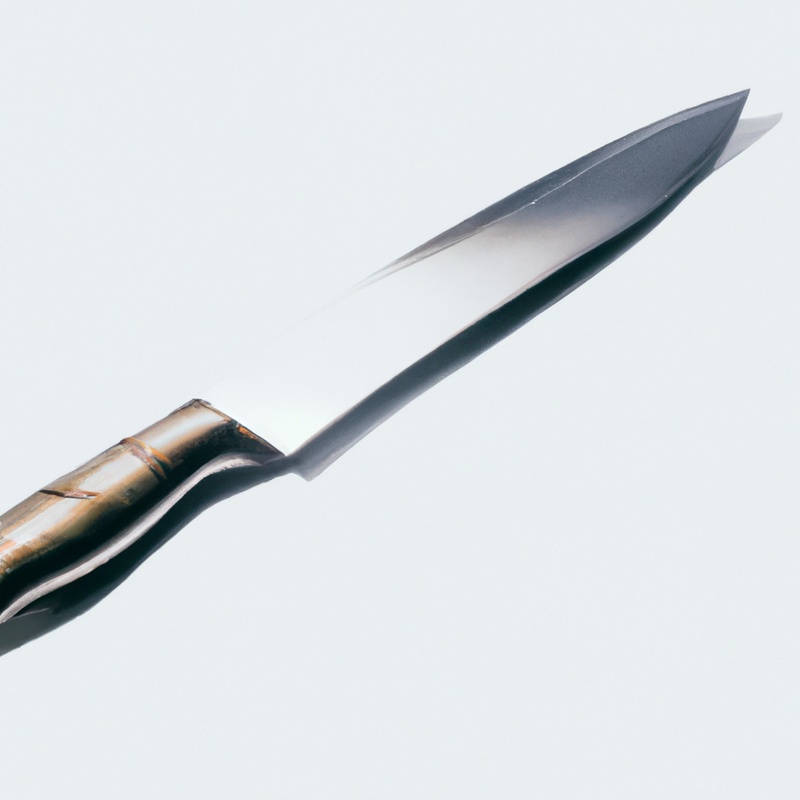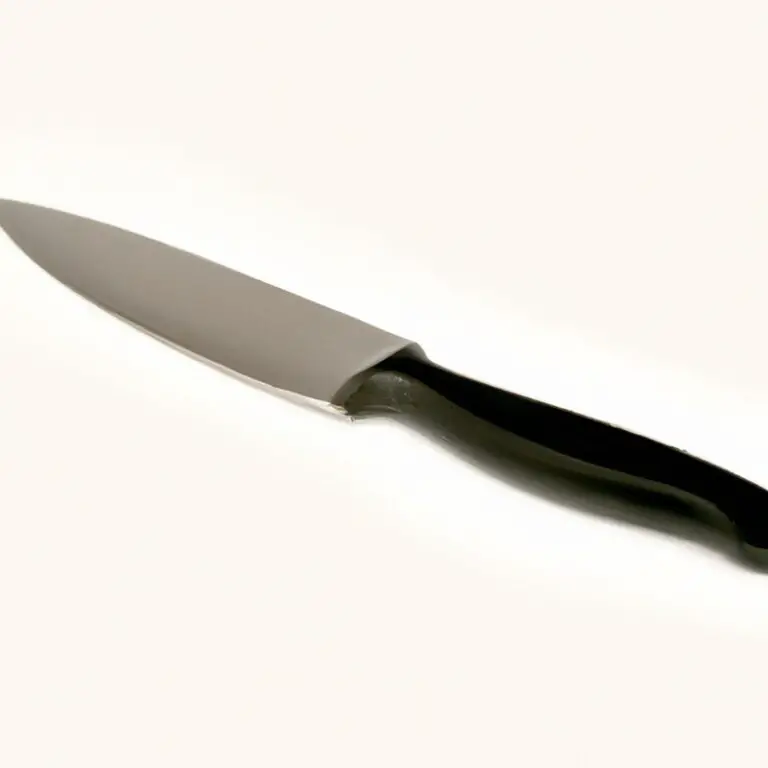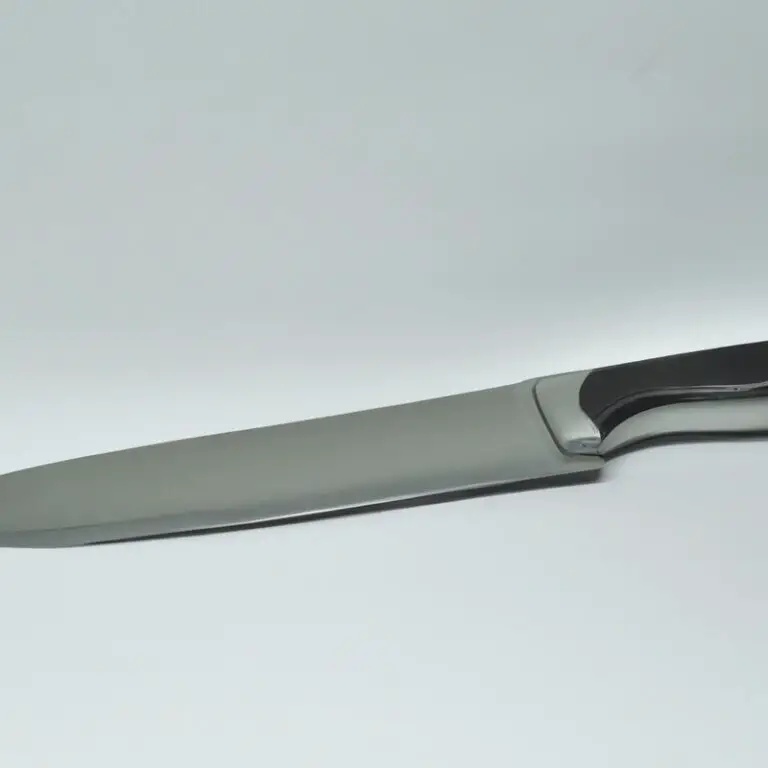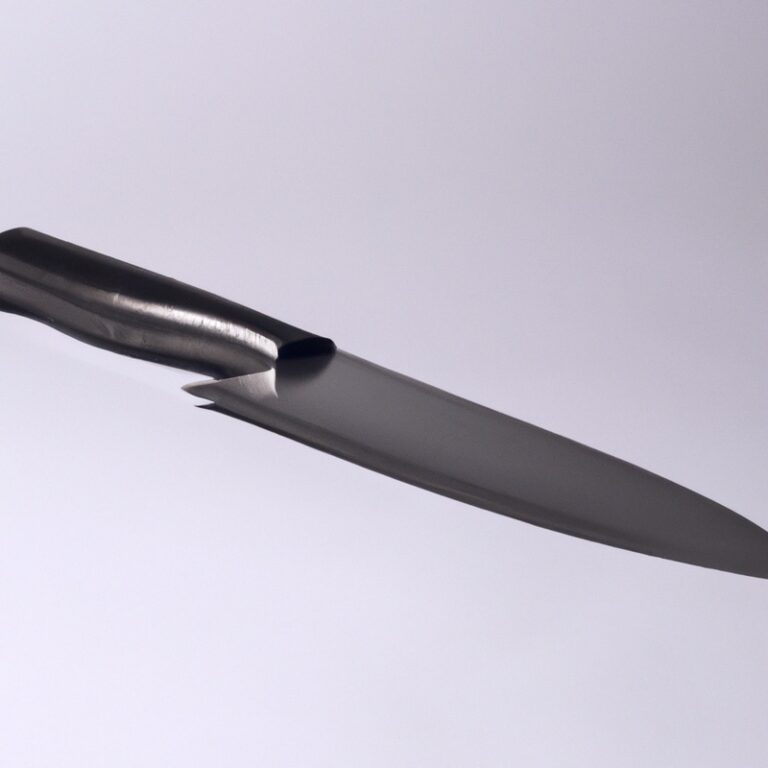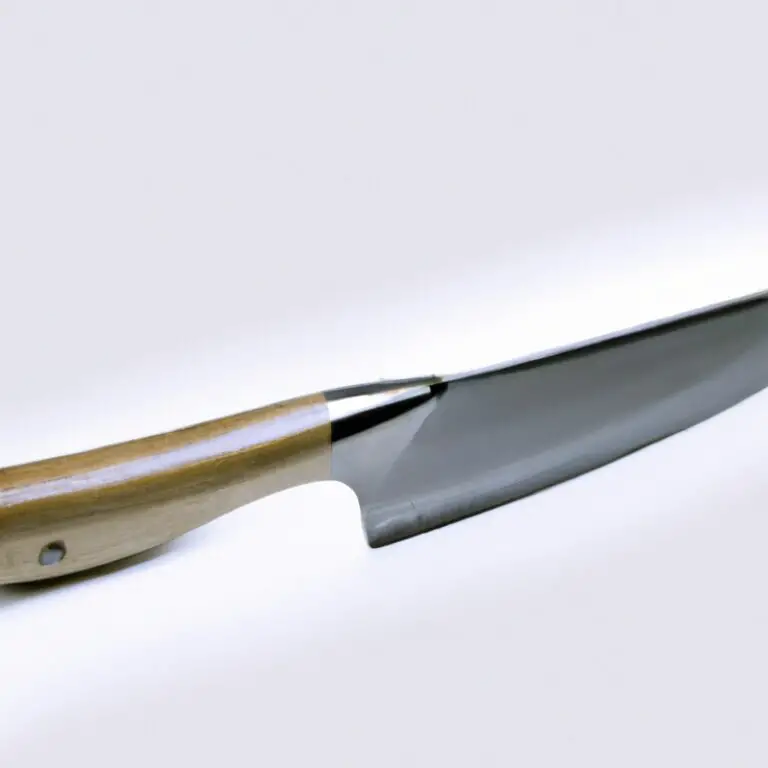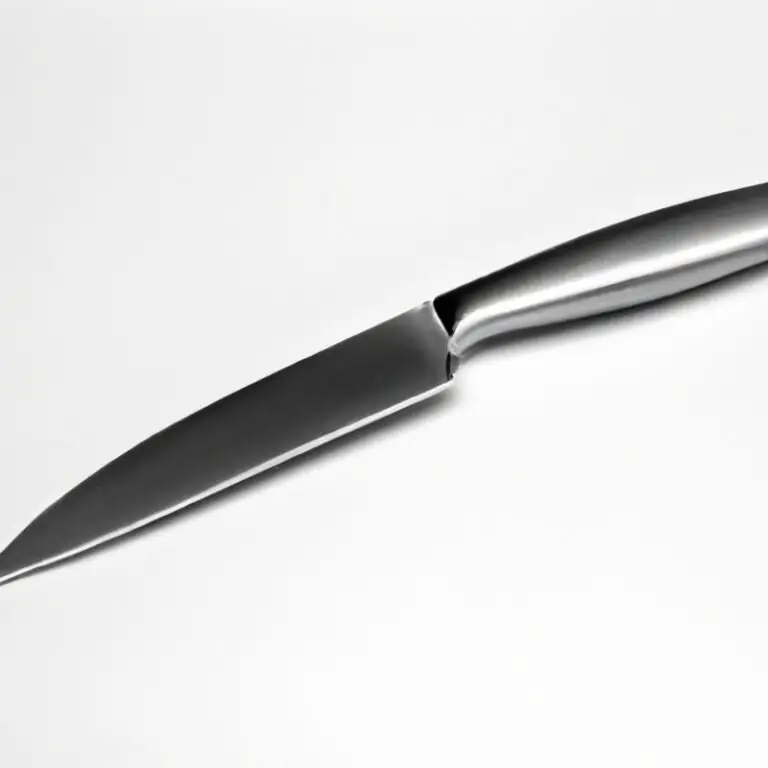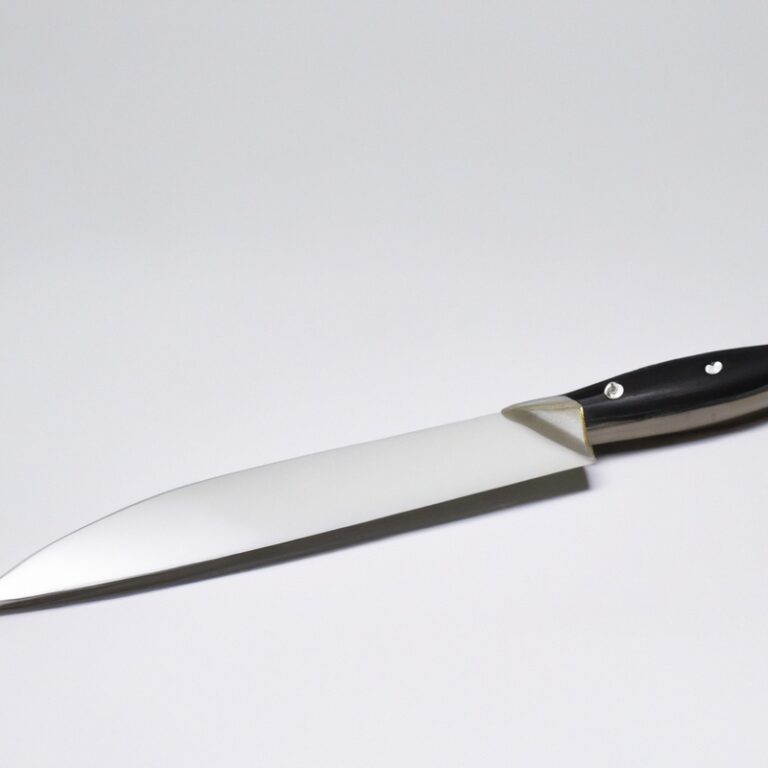How Does Heat Treatment Impact Knife Steel Performance?
Key Takeaways:
- Heat treatment significantly affects the performance and durability of knife steel.
- Proper heat treatment can improve hardness, strength, and edge retention of knife steel.
- The specific heat treatment process used can vary based on the type of knife steel.
- Inadequate heat treatment can result in decreased performance and premature wear of knife steel.
Are you curious about how heat treatment can transform a simple piece of steel into a high-performing knife? Well, you’ve come to the right place! As an expert on the subject, I’m here to shed some light on the fascinating world of heat treatment and its impact on knife steel performance.
From explaining the different types of heat treatment to discussing the effects and factors that come into play, this article will provide you with the knowledge you need to understand why proper heat treatment is crucial for knives.
So, grab a cup of coffee and let’s dive in!
| Heat Treatment Method | Impact on Knife Steel Performance |
What is Heat Treatment?
Definition of Heat Treatment
Heat treatment is a process used to modify the properties of materials, particularly metals, through the controlled application of heat. It involves heating the material to a specific temperature, holding it at that temperature for a certain period of time, and then cooling it at a controlled rate.
This process alters the internal structure of the material, resulting in changes to its hardness, strength, toughness, and other properties.
Heat treatment is crucial for optimizing the performance of knife steel and ensuring it meets the desired requirements.
Purpose of Heat Treatment
The purpose of heat treatment is to modify the physical and mechanical properties of knife steel. It involves heating the steel to a specific temperature, followed by cooling it rapidly or slowly.
Heat treatment enhances hardness, wear resistance, toughness, and ductility, while also improving corrosion resistance.
By controlling the heat treatment process parameters and selecting the appropriate cooling rate, the desired properties can be achieved. Proper heat treatment is crucial for optimizing the performance, durability, and longevity of knives.
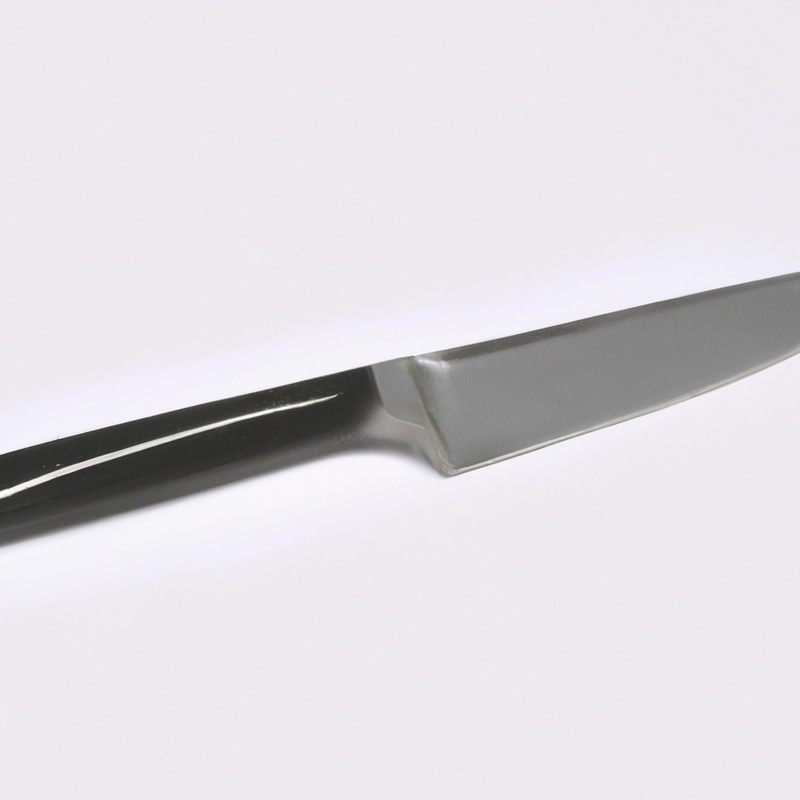
Types of Heat Treatment for Knife Steel
Annealing
Annealing is a heat treatment process used to soften and relieve internal stresses in knife steel. The steel is heated to a specific temperature and then allowed to cool slowly.
This slow cooling helps to reduce hardness and increase toughness, making the steel easier to work with and less likely to crack or break.
Annealing is an essential step in the heat treatment process, as it prepares the steel for further treatments like hardening and tempering. Proper annealing ensures that the knife steel achieves its desired properties and performs optimally.
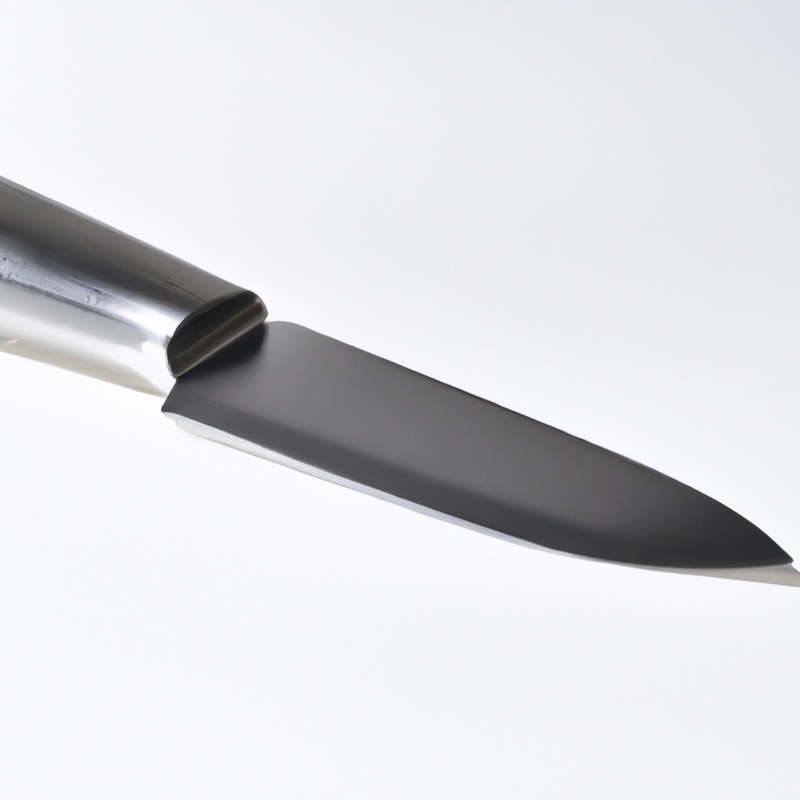
Hardening
Hardening is a type of heat treatment that increases the hardness and strength of knife steel.
During the process, the steel is heated to a specific temperature and then rapidly cooled, usually by quenching in oil or water.
This rapid cooling transforms the crystal structure of the steel, making it harder and more resistant to wear.
Hardened knife steel can hold a sharp edge for longer periods and withstand heavy use without deforming.
However, it also becomes more brittle, which is why tempering is often performed after hardening to improve toughness and reduce brittleness.
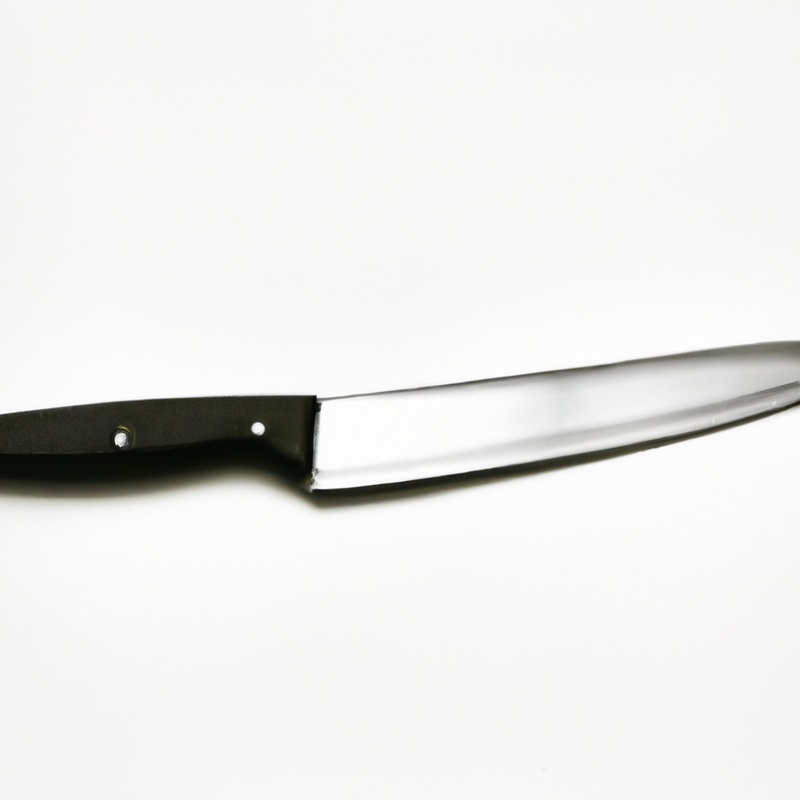
Tempering
Tempering is a crucial step in the heat treatment process for knife steel. It involves reheating the hardened steel to a specific temperature and then allowing it to cool gradually.
This process helps to reduce the hardness and increase the toughness of the steel, making it less brittle and more resistant to cracking or chipping.
Tempering also improves the steel’s ability to withstand impact and shock, making it suitable for applications that require both hardness and toughness, such as knife blades. Proper tempering is essential to achieve the desired balance of hardness, toughness, and overall performance of the knife.
Effects of Heat Treatment on Knife Steel
Enhanced Hardness and Wear Resistance
Heat treatment can significantly enhance the hardness and wear resistance of a knife steel. By carefully controlling the heating and cooling processes during heat treatment, the steel’s molecular structure is transformed, resulting in improved hardness.
This hardness allows the knife to retain a sharp edge for longer periods, reducing the frequency of sharpening.
Additionally, the heat treatment process promotes the formation of fine carbides within the steel, which enhances its wear resistance, making the knife more durable and long-lasting.
Improved Toughness and Ductility
Improved toughness and ductility are two important benefits of heat treatment on knife steel. This process enhances the steel’s ability to withstand impact and deformation without breaking.
By carefully controlling the heating and cooling process, the steel’s microstructure is optimized, resulting in improved toughness.
Ductility, on the other hand, refers to the steel’s ability to stretch and deform without fracturing. Both toughness and ductility are crucial for a knife’s performance, as they ensure durability and resistance to accidental damages.
So, proper heat treatment plays a vital role in making knives more reliable and long-lasting.
Increased Corrosion Resistance
Proper heat treatment can greatly enhance the corrosion resistance of knife steel.
Through the heat treatment process, the steel’s microstructure is optimized, resulting in improved resistance to rust and other forms of corrosion.
The specific heat treatment techniques used, such as quenching and tempering, can further enhance the steel’s ability to resist corrosion.
By selecting the right heat treatment parameters and carefully controlling the cooling rate, knife manufacturers can ensure that the steel exhibits increased corrosion resistance, prolonging the lifespan of the blade.
Factors Affecting Heat Treatment Performance
Composition of Knife Steel
Knife steel is typically made up of a combination of iron and carbon, with small amounts of other elements added for specific properties.
High carbon content provides hardness, while alloying elements like chromium and vanadium enhance corrosion resistance and edge retention.
Different types of steel have varying compositions, such as stainless steel with high chromium content or tool steel with increased vanadium and molybdenum.
The composition of knife steel plays a crucial role in determining its performance and characteristics, making it essential to choose the right type for specific applications.
Heat Treatment Process Parameters
Heat treatment process parameters refer to the specific factors that influence the outcome of the heat treatment process on knife steel. These parameters include heating temperature, holding time, and cooling rate.
The heating temperature determines the desired hardness and structure of the steel, while the holding time ensures that the temperature is uniform throughout the material.
The cooling rate controls the transformation of the steel, affecting its final properties. By carefully controlling these parameters, knife makers can achieve the desired characteristics in their blades.
Cooling Rate
Cooling rate is a critical factor in the heat treatment of knife steel. This refers to how quickly the steel is cooled after being heated.
A faster cooling rate results in higher hardness and increased strength, while a slower rate improves toughness and ductility.
Achieving the right cooling rate is achieved by using different methods such as air cooling, oil quenching, and water quenching. Proper control of the cooling rate is essential for optimizing the performance and characteristics of knife steel.
Common Heat Treatment Issues
Uneven Hardness
Uneven hardness is a common issue that can occur during the heat treatment of knife steel. It refers to variations in the hardness of different areas of the steel.
This can lead to inconsistent performance and affect the knife’s cutting ability.
Uneven hardness can be caused by factors such as improper heating or cooling rates, inadequate temperature control, or uneven distribution of alloying elements in the steel. To prevent uneven hardness, it is important to carefully control the heat treatment process and ensure uniformity in heating, cooling, and alloy composition.
Warping or Distortion
Warping or distortion is a common issue that can occur during the heat treatment process of knife steel.
It is caused by uneven heating or cooling, leading to a change in the shape of the blade.
This can affect the overall performance and functionality of the knife.
To minimize warping or distortion, it is important to ensure uniform heating and cooling rates, as well as proper quenching techniques.
Using specialized fixtures or jigs can also help maintain the shape of the blade during heat treatment.
Proper attention to these factors can help prevent warping or distortion and ensure the desired performance of the knife.
Brittleness
Brittleness refers to a material’s tendency to fracture or crack easily under stress.
In the context of knife steel, brittleness can have a negative impact on performance.
When a knife blade is too brittle, it is more prone to breaking or chipping, rendering it less effective for cutting tasks.
Proper heat treatment plays a vital role in preventing excessive brittleness by balancing hardness and toughness.
Achieving the right balance ensures that the blade can withstand the demands of everyday use without becoming too fragile.
Importance of Proper Heat Treatment for Knives
Enhanced Cutting Performance and Edge Retention
Proper heat treatment significantly enhances the cutting performance and edge retention of a knife.
Through the right combination of annealing, hardening, and tempering, the steel is optimized for sharpness and durability.
Heat treatment increases the hardness of the blade, allowing it to retain a sharp edge for longer periods.
It also improves the toughness, reducing the risk of chips and breaks during use.
By undergoing heat treatment, a knife becomes more resistant to wear and can maintain its cutting performance over time.
This ensures that you can rely on your knife for consistent and efficient cutting.
Increased Durability and Longevity
Proper heat treatment significantly enhances the durability and longevity of knife steel. The heat treatment process involves carefully controlling the heating and cooling of the steel to optimize its properties.
Through this process, the steel is hardened to withstand wear and damage, making the knife more resistant to breaking or chipping.
Additionally, heat treatment improves the steel’s ability to retain its sharpness over time, ensuring that your knife stays sharp and functional for longer periods. With the increased durability and longevity provided by heat treatment, you can trust that your knife will be a reliable tool for various tasks.
Safety Considerations
When it comes to heat treating knives, safety should always be a top priority. Here are some important considerations to keep in mind:
- Personal Protective Equipment (PPE: Wear heat-resistant gloves, safety glasses, and protective clothing to prevent burns and protect yourself from flying sparks or hot metal.
- Ventilation: Ensure proper ventilation in your heat treating area to prevent the build-up of potentially harmful gases or fumes. A well-ventilated space reduces the risk of respiratory issues.
- Fire Prevention: Have a fire extinguisher nearby and keep flammable materials away from your heat treating equipment. Stay vigilant and be prepared for any emergency.
- Proper Handling: Use tools and equipment designed for heat treatment to minimize the risk of accidents. Follow proper procedures for handling hot metal to prevent burns.
- Training and Experience: Make sure you have the knowledge and skills required for safe heat treatment. If you’re not confident, seek guidance or training from an experienced professional.
By prioritizing safety in your heat treating practices, you can protect yourself and others from potential hazards. Always remember to follow best practices and maintain a safe working environment.
Final Verdict
Heat treatment plays a crucial role in determining the performance of knife steel.
Through processes such as annealing, hardening, and tempering, heat treatment enhances hardness, wear resistance, toughness, ductility, and corrosion resistance.
Factors like steel composition, process parameters, and cooling rate are important in achieving desired results.
However, common issues such as uneven hardness, warping, and brittleness can arise if not properly controlled.
Proper heat treatment not only improves cutting performance and edge retention, but also increases durability and longevity of knives.
Considering the safety implications, it is imperative to implement appropriate heat treatment techniques for achieving optimal knife steel performance.
With a focus on precision and expertise, I have highlighted the key insights and considerations surrounding heat treatment for knife steel, giving you the necessary information to make informed decisions when it comes to optimizing the performance of your knives.

